Related Research Articles

Harold Clayton Lloyd, Sr. was an American actor, comedian, and stunt performer who appeared in many silent comedy films.

Anne Bancroft was an American actress. Respected for her acting prowess and versatility, Bancroft received an Academy Award, three BAFTA Awards, two Golden Globe Awards, two Tony Awards, two Primetime Emmy Awards, and a Cannes Film Festival Award. She is one of only 24 thespians to achieve the Triple Crown of Acting.

Dorothy Elizabeth Gish was an American actress of the screen and stage, as well as a director and writer. Dorothy and her older sister Lillian Gish were major movie stars of the silent era. Dorothy also had great success on the stage, and was inducted into the American Theater Hall of Fame. Dorothy Gish was noted as a fine comedian, and many of her films were comedies.

Theda Bara was an American silent film and stage actress.
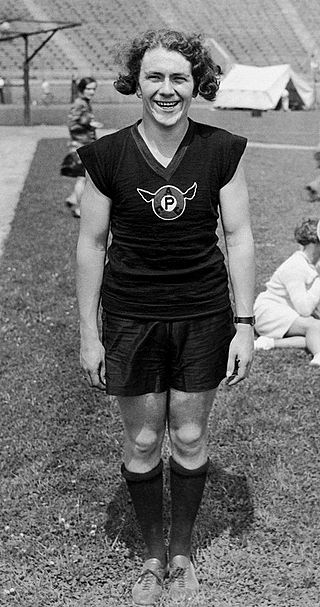
Lillian Copeland was an American track and field Olympic champion athlete, who excelled in discus, javelin throwing, and shot put, setting multiple world records. She has been called "the most successful female discus thrower in U.S. history". She also held multiple titles in shot put and javelin throwing. She won a silver medal in discus at the 1928 Summer Olympics, a gold medal in discus at the 1932 Summer Olympics, and gold medals in discus, javelin, and shot put at the 1935 Maccabiah Games in Mandatory Palestine.

Stella Adler was an American actress and acting teacher. She founded the Stella Adler Studio of Acting in New York City in 1949. Later in life she taught part time in Los Angeles, with the assistance of her protégée, actress Joanne Linville, who continued to teach Adler's technique.

Gladys Brockwell was an American actress whose career began during the silent film era.

Lainie Kazan is an American actress and singer. She was nominated for the Primetime Emmy Award for Outstanding Guest Actress in a Drama Series for St. Elsewhere and the 1993 Tony Award for Best Featured Actress in a Musical for My Favorite Year. She was nominated for a Golden Globe Award for her role in My Favorite Year (1982). Kazan played Maria Portokalos in My Big Fat Greek Wedding and its sequel film My Big Fat Greek Wedding 2. She also played Aunt Freida on The Nanny.
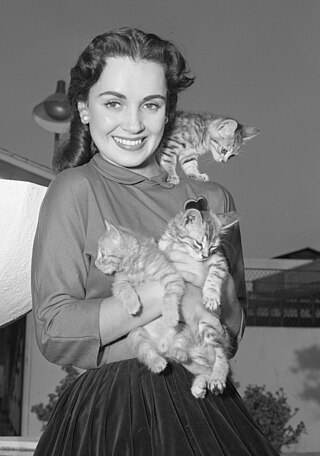
Susan Cabot was an American film, stage, and television actress. She rose to prominence for her roles in a variety of Western films, including Tomahawk (1951), The Duel at Silver Creek (1952), and Gunsmoke (1953).
Walter Mortimer Mirisch was an American film producer. He was the president and executive head of production of The Mirisch Corporation, an independent film production company which he formed in 1957 with his brother, Marvin, and half-brother, Harold. He won the Academy Award for Best Picture as producer of In the Heat of the Night (1967).
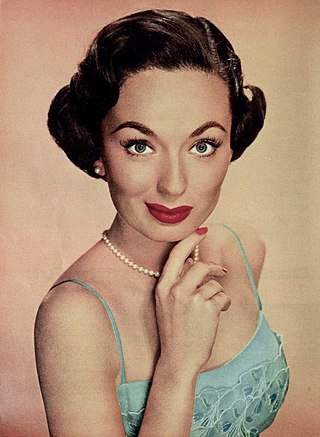
Ann Marie Blyth is an American retired actress and singer. For her performance as Veda in the 1945 Michael Curtiz film Mildred Pierce, Blyth was nominated for an Academy Award for Best Supporting Actress. She is one of the last surviving stars from the Golden Age of Hollywood cinema, and became the earliest living Academy Award nominee for acting upon the death of Angela Lansbury in October 2022.
Dawn Leslie Steel was an American film studio executive and producer. She was one of the first women to run a major Hollywood film studio, rising through the ranks of merchandising and production to head Columbia Pictures in 1987.
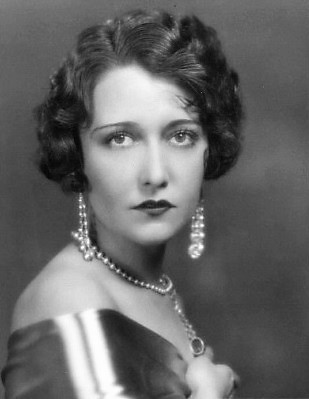
Dorothy Sebastian was an American film and stage actress.
Amy Beth Pascal is an American film producer and business executive. She served as the Chairperson of the Motion Pictures Group of Sony Pictures Entertainment (SPE) and Co-Chairperson of SPE, including Sony Pictures Television, from 2006 until 2015. She has overseen the production and distribution of many films and television programs, and was co-chairperson during the late-2014 Sony Pictures hack. The leak uncovered multiple emails from Pascal which were deemed racially insensitive. She left Sony and Pascal later admitted that she was fired from the company.

Ketti Frings was an American writer, playwright, and screenwriter who won a Pulitzer Prize in 1958.
Harold Michelson was an American production designer and art director. In addition, he worked as an illustrator and/or storyboard artist on numerous films from the 1940s through the 1990s.
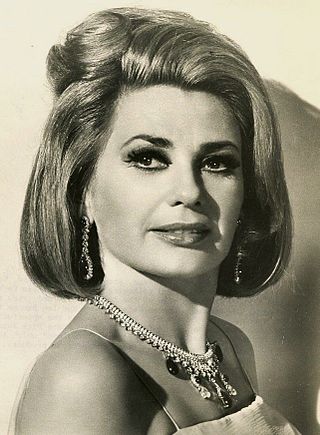
Norma Crane was an American actress of stage, film, and television best known for her role as Golde in the 1971 film adaptation of Fiddler on the Roof. She also starred in They Call Me Mister Tibbs! and Penelope. Crane was born in New York City, but raised in El Paso, Texas.

Lilacs in the Spring is a 1954 British musical film directed by Herbert Wilcox and starring Anna Neagle, Errol Flynn and David Farrar. The film was made at Elstree Studios with sets designed by the art director William C. Andrews. Shot in Trucolor it was distributed in Britain by Republic Pictures. It was the first of two films Neagle and Flynn made together, the other being King's Rhapsody. It was released in the United States as Let's Make Up.

Janet Chandler was a model and actress in American films. She had starring roles in several films of the 1930s. She was born Lillian Guenther in Pine Bluff, Arkansas. She began her film career as a child actress.
The Michelson Cinema Research Library is a film research library containing 5,000 books, 30,000 photographs, and more than 1,000,000 clippings, scrapbooks, and ephemera.
References
- 1 2 3 Ghert-Zand, Renee (April 17, 2017). "The ordinary Jewish couple that made 60 years of movie magic". The Times of Israel. Retrieved February 8, 2021.
- ↑ Mcnamara, Mary (August 14, 2020). "Lillian Michelson built Hollywood's most famous research library. Can someone give it a home?". Los Angeles Times. Retrieved February 8, 2021.
- ↑ Tobias, Scott (April 27, 2017). "A Behind-The-Scenes Couple Get Star Treatment In 'Harold And Lillian'". NPR. Retrieved February 8, 2021.
- ↑ Honeycutt, Kirk (March 1, 1981). "Research That Makes Moves 'Real'". New York Times. Retrieved February 8, 2021.
- ↑ Mathews, Jack (June 11, 1986). "Movie Library Is At End Of Line". Los Angeles Times. Retrieved February 8, 2021.
- ↑ Hanamura, Wendy (December 15, 2020). "After Searching for a Decade, Legendary Hollywood Research Library Finds a New Home". Internet Archive Blogs. Internet Archive. Retrieved February 8, 2021.
- ↑ "The Michelson Library Fund". The Collaborative. The Film Collaborative. 2020. Retrieved February 8, 2021.
- ↑ Hilton, Emily (December 23, 2020). "Hollywood Archivist Lillian Michelson Donates Library to the Internet Archive". The Hollywood Reporter. Retrieved February 8, 2021.
- ↑ Mcnamara, Mary (January 28, 2021). "Lillian Michelson and her one-of-a-kind film library get a digital Hollywood ending". Los Angeles Times. Retrieved February 8, 2021.
- ↑ Shoji, Kaori (May 25, 2017). "Hollywood's love storyboard". The Japan Times. Retrieved February 8, 2021.
- ↑ "The Academy Honors Harold and Lillian Michelson, and Celebrates the Launch of The Actors Society Online". AADA.edu. American Academy of Dramatic Arts. January 19, 2017. Retrieved February 8, 2021.